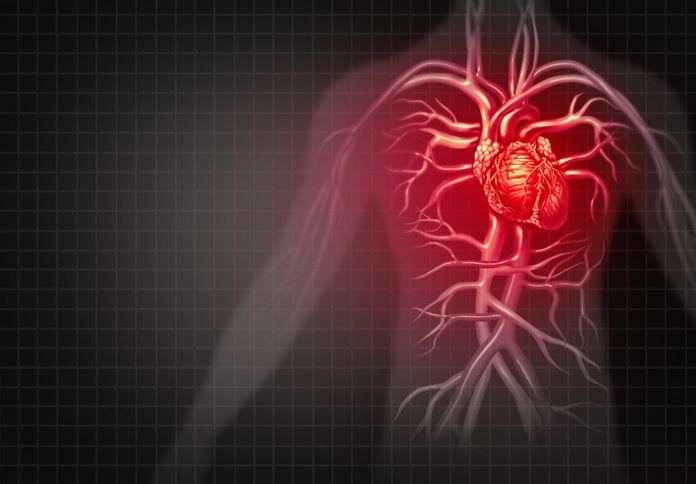Cardiovascular
Smartwatch Data Plus Digital Twin Framework Predicts Risk of Heart Disease and Heart Attack
Biomedical engineers from Duke University report they have developed a method that combines smartwatch data with a digital twin framework that can predict a patient’s risk of developing heart disease or having a heart attack. The method can digitally mimic an entire week’s worth of an individual’s heartbeat, far eclipsing previous techniques that could only span a few minutes.
The research, conducting in collaboration with computational scientists at Lawrence Livermore National Laboratory was published earlier this month at the International Conference for High Performance Computing, Networking, Storage, and Analysis. Named the Longitudinal Hemodynamic Mapping Framework (LHMF), the method creates a digital twin of a patient’s blood flow to assess its 3D characteristics.
“Modeling a patient’s 3D blood flow for even a single day would take a century’s worth of compute time on today’s best supercomputers,” said Cyrus Tanade, a PhD candidate in the laboratory of Amanda Randles. “If we want to capture blood flow dynamics over long periods of time, we need a paradigm-shifting solution in how we approach 3D personalized simulations.”
The use of digital twins in treating heart patients, is not new. This technology is already employed to noninvasively determine whether a patient should receive a stent to treat arterial plaque or a lesion. But this application only requires a very small number of heartbeats to be accurate, while the goal however is to be able to track blood pressure dynamics in the weeks and month following a patient’s discharge from the hospital to monitor the risk of heart disease.
Randles, the Alfred Winborne and Victoria Stover Mordecai Associate Professor of Biomedical Sciences at Duke, has spent the past 10 years making progress on accurately modeling the pressures and forces created by blood flow through an individual’s vascular system. Randles developed the HARVEY software package, designed to address this challenge, turning to supercomputers to perform the complex calculations needed. However, to get even 10 minutes of simulated data using Duke’s computer cluster required locking it down for four months.
“Obviously, that’s not a workable solution to help patients because of the computing costs and time requirements,” Randles said. “Think of it as taking three weeks to simulate what the weather will be like tomorrow. By the time you predict a rainstorm, the water would have already dried up.”
To solve this bottleneck, the team developed the LHMF by making some assumptions about an individual’s’ blood flow. For instance, they noted, the coronary flow at 10:00 am on a Monday, would likely have little impact on the flow in the afternoon two days later. This assumption allowed for the accurate simulation these smaller time chunks simultaneously and then stitch them back together. Breaking it down in this way made the computational pieces small enough to employing cloud computing instead of large-scale supercomputers.
To test this method, the Duke team used their already proven method of simulating 10 minutes of heart beats—roughly 750 beats total—using the lab’s time allotment on the Duke supercomputing cluster. Using smartwatch data that captured heart rate and EKG, it produced a set of 3D blood flow biomarkers that correlated with disease progression and adverse events. These were then compared with the results from the LHMF which found only negligible errors showing that it could provide actionable information on a clinically relevant time scale.
A further refinement of LHMF using a clustering method further reduced computational costs and allowed the researcher to track the frictional force of blood on the walls of blood vessel walls, which is an established biomarker of cardiovascular disease. This refinement allowed the investigators to build a longitudinal hemodynamic map for each individual showing how forces vary over time and identify the percentage of time each person spent in different vulnerable states.
“The results significantly differed from those obtained over a single heartbeat,” Tanade noted. “This demonstrates that capturing longitudinal blood flow metrics provides nuances and information that is otherwise not perceptible with the previous gold standard approach.”
Added Randles: “If we can create a temporal map of wall stress in critical areas like the coronary artery, we could predict the risk of a patient developing atherosclerosis or the progression of such diseases. This method could allow us to identify cases of heart disease much earlier than is currently possible.”

